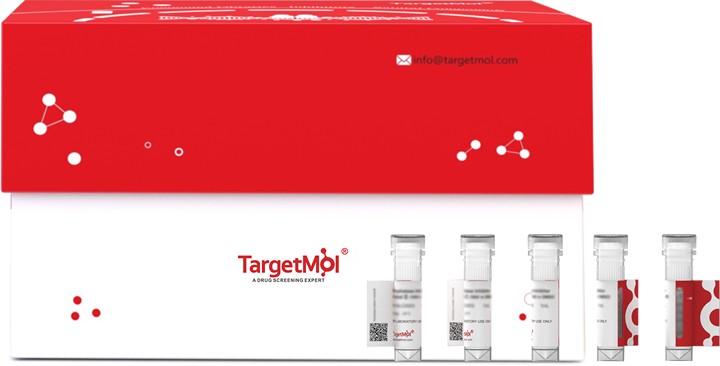Shopping Cart
- Remove All
 Your shopping cart is currently empty
Your shopping cart is currently empty
Carboxypeptidase E Protein, Human, Recombinant (His) is expressed in HEK293 mammalian cells with His tag. The predicted molecular weight is 49.4 kDa and the accession number is A0A384N679.

| Pack Size | Price | Availability | Quantity |
|---|---|---|---|
| 50 μg | $696 | 7-10 days |
| Biological Activity | Measured by its ability to cleave a peptide substrate, benzoyl-AR-OH. The product, Arg, reacted with orthophthaldialdehyde (OPA) to form a fluorescent molecule. The specific activity is >12,000 pmoles/min/μg. |
| Description | Carboxypeptidase E Protein, Human, Recombinant (His) is expressed in HEK293 mammalian cells with His tag. The predicted molecular weight is 49.4 kDa and the accession number is A0A384N679. |
| Species | Human |
| Expression System | HEK293 Cells |
| Tag | C-His |
| Accession Number | P16870 |
| Synonyms | carboxypeptidase E |
| Construction | A DNA sequence encoding the human carboxypeptidase E (CPE) precursor (NP_001864.1) (Met 1-Ser 453) was fused with a polyhistidine tag at the C-terminus. Predicted N terminal: Glu 26 |
| Protein Purity | > 90 % as determined by SDS-PAGE |
| Molecular Weight | 49.4 kDa (predicted); 53 kDa (reducing condition, due to glycosylation) |
| Endotoxin | < 1.0 EU/μg of the protein as determined by the LAL method. |
| Formulation | Lyophilized from a solution filtered through a 0.22 μm filter, containing PBS, pH 7.4. Typically, a mixture containing 5% to 8% trehalose, mannitol, and 0.01% Tween 80 is incorporated as a protective agent before lyophilization. |
| Reconstitution | A Certificate of Analysis (CoA) containing reconstitution instructions is included with the products. Please refer to the CoA for detailed information. |
| Stability & Storage | It is recommended to store recombinant proteins at -20°C to -80°C for future use. Lyophilized powders can be stably stored for over 12 months, while liquid products can be stored for 6-12 months at -80°C. For reconstituted protein solutions, the solution can be stored at -20°C to -80°C for at least 3 months. Please avoid multiple freeze-thaw cycles and store products in aliquots. |
| Shipping | In general, Lyophilized powders are shipping with blue ice. |
| Research Background | Carboxypeptidase E (CPE), also known as Carboxypeptidase H, is a peripheral membrane protein and a zinc metallocarboxypeptidase, and the conversion of proCPE into CPE occurs primarily in secretory vesicles. The active form of CPE cleaves C-terminal amino acid residues of the peptide, and is thus involved in the biosynthesis of peptide hormones and neurotransmitters including insulin, enkephalin, etc. The enzymatic activity is enhanced by millimolar concentrations of Co2+. It has also been proposed that membrane-associated carboxypeptidase E acts as a sorting receptor for targeting regulated secretory proteins which are mostly prohormones and neuropeptides in the trans-Golgi network of the pituitary and in secretory granules into the secretory pathway.Its interaction with glycosphingolipid-cholesterol rafts at the TGN facilitates the targeting. Mutations in this gene are implicated in type II diabetes due to impaired glucose clearance and insulin resistance. |

Copyright © 2015-2025 TargetMol Chemicals Inc. All Rights Reserved.